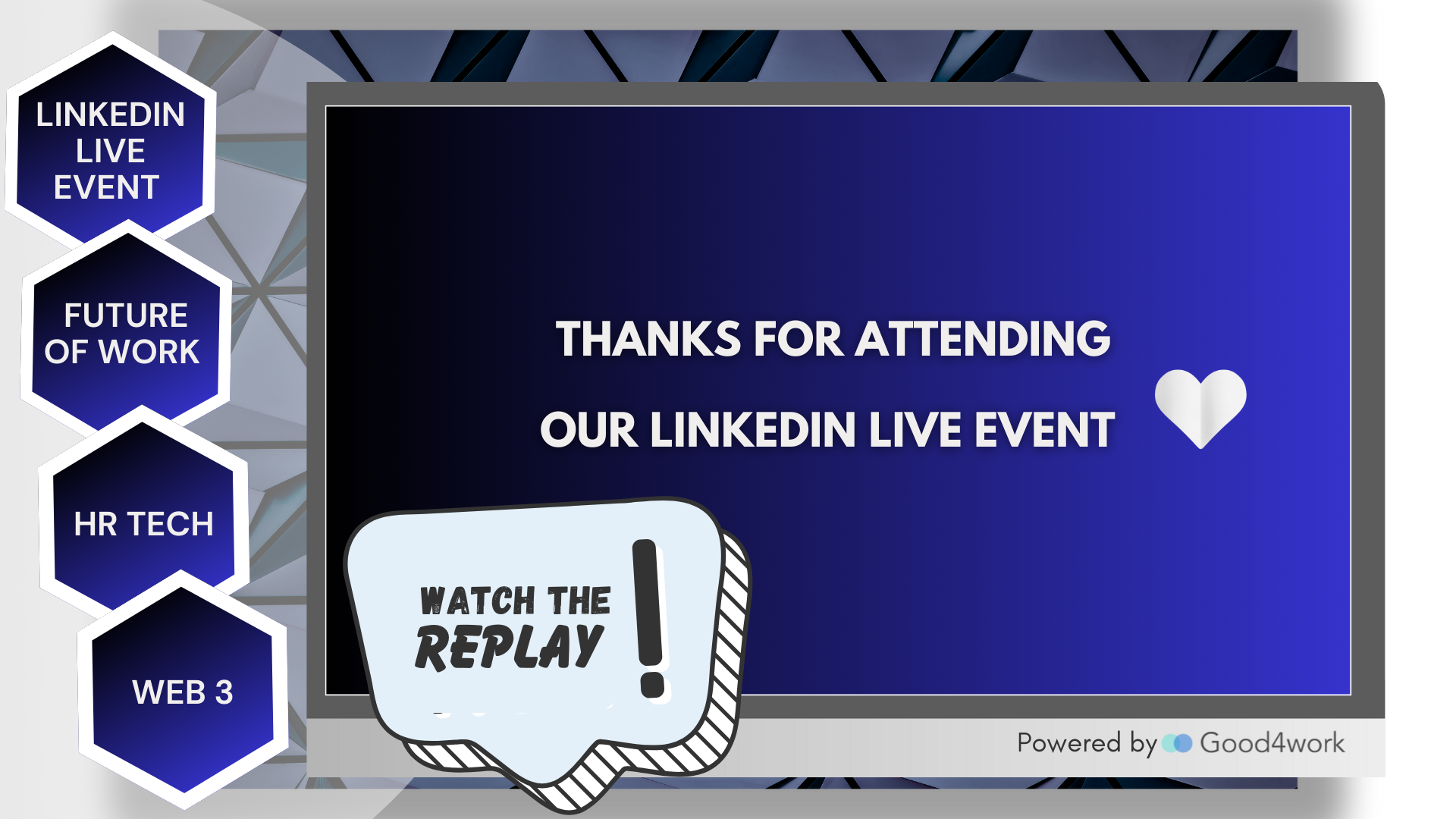With organizations facing mounting pressure to optimize productivity while safeguarding employee well-being, leveraging AI to realign teams based on skill fit and burnout risk is emerging as a strategic imperative.

Why Traditional Team Structures Fall Short
Static organizational charts and annual reviews no longer reflect the fluid nature of modern work. As priorities shift and hybrid models grow, businesses must be agile in how they deploy talent.
Key challenges include:
- Misaligned Skill Utilization
Employees are often underutilized or placed in roles that don’t reflect their evolving capabilities. - Burnout Blind Spots
Managers struggle to detect early warning signs of burnout, especially in remote and distributed teams. - Reactive vs. Proactive Strategy
Traditional workforce planning is backward-looking, failing to anticipate risks or untapped potential.
How AI Enables Smarter Team Realignment
AI-powered workforce tools now provide a data-driven approach to reassessing team structures. These systems analyze internal data sources—performance trends, skill assessments, workload metrics, and engagement scores—to offer actionable insights for realignment.
Core functionalities include:
- Skill-Match Algorithms
AI identifies employees whose skills are better suited for alternative projects or roles, increasing effectiveness and job satisfaction. - Burnout Risk Detection
Predictive models assess workload, responsiveness patterns, and sentiment indicators to flag employees at risk of burnout. - Real-Time Recommendations
Dynamic dashboards offer managers instant suggestions on team shifts, role rotations, or project swaps that could optimize outcomes. - Bias-Free Insights
With proper safeguards, AI minimizes subjective decision-making, ensuring equitable treatment across all team members.
Strategic Benefits of AI-Guided Team Realignment
By transitioning to a model powered by continuous, AI-driven insights, organizations unlock multiple advantages:
- Enhanced Performance
Aligning people with roles that match their strengths leads to higher output and innovation. - Stronger Retention
Employees who feel seen and supported are more likely to stay and grow with the company. - Greater Agility
Rapid, evidence-based redeployments ensure resilience in the face of shifting market needs. - Workforce Sustainability
Addressing burnout proactively supports a healthier, more productive workforce.
Questions for Forward-Thinking Leaders
- Are we deploying talent based on current skill relevance or outdated job titles?
- Do we have real-time visibility into team stress levels and capacity?
- How often do we evaluate whether teams are structured for both performance and well-being?
From Static Teams to Dynamic Talent Ecosystems
Realigning teams based on AI-predicted skill fit and burnout risk isn’t just about optimization—it’s about creating a workplace where people thrive. By proactively leveraging intelligent systems to match the right talent with the right challenges, businesses can build agile, resilient, and future-ready organizations. Now is the time to shift from reactive management to strategic foresight. The tools are here—and the competitive edge lies in how quickly they’re embraced.


